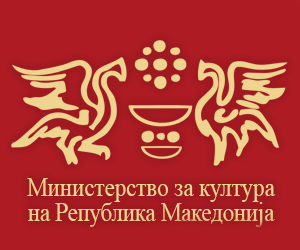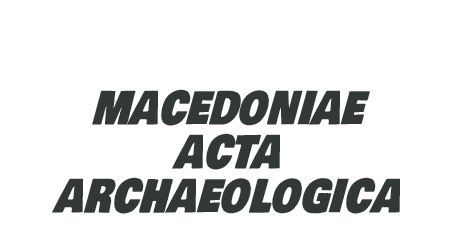- The Artisan Home in Kumanovo
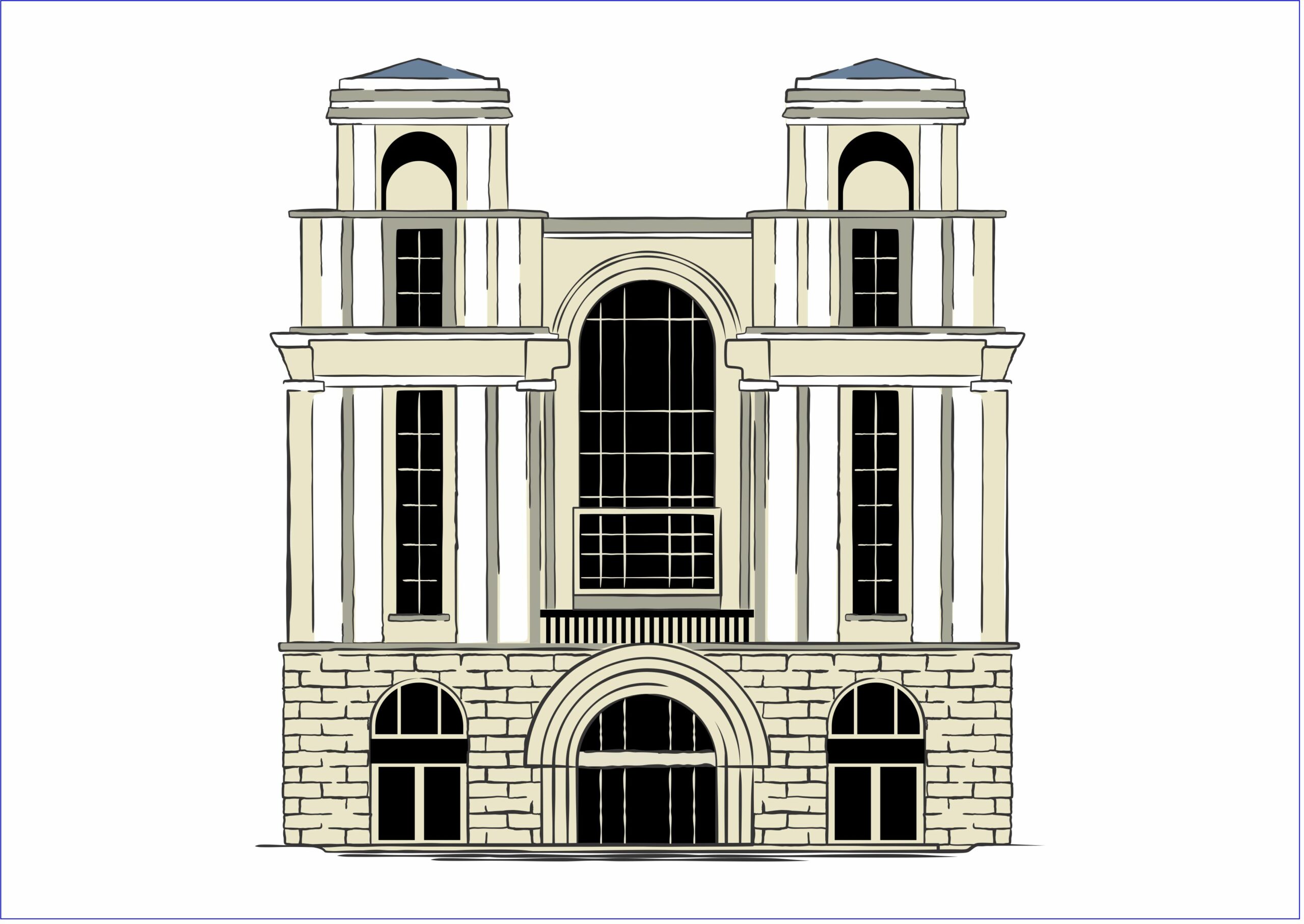
The most representative cultural, architectural and historical building in the town is also known as “the Kumanovo Notre Dame”. It is the work of the Russian engineer Vladimir Antonov. It was built in the period between the two world wars when Kumanovo was mostly an artisan town. The building was intended to be used for the cultural elevation of the young artisans. It has a special symbolic meaning because its building process is connected to the beginnings of the town’s planned urban development and the economic growth at the beginning of the 20th century. It was opened to the public on 21st November 1930.
- National Institution Museum of Kumanovo
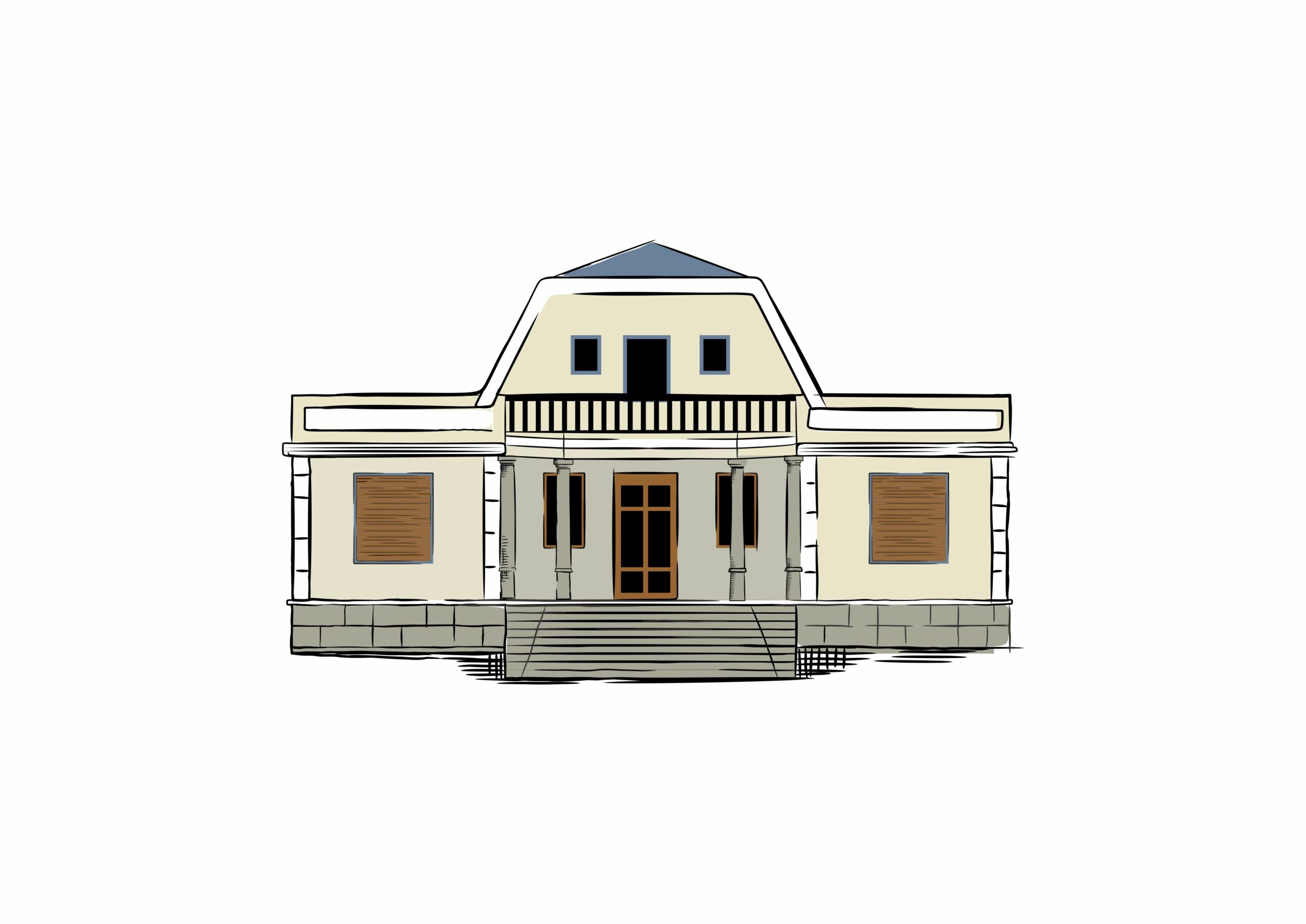
The National Institution Museum of Kumanovo was established in 1979 under the name “People’s Museum of Kumanovo”. The building itself was a mansion of a famous industrialist Zhivko Stoiljkovikj and was built in 1926 with the typical trait of the old town architecture. It is situated in the center of the town. In 2004 it was re-registered as a National Institution Museum of Kumanovo.
The permanent exhibition consists of around 7000 exhibits which belong to collections resulting from field research and scientific processing (archaeology, history and ethnology).
The Museum has received many awards and recognition for its research, exhibition, publishing, cultural and educational activities, among which it twice received the November Award in 1972 and in 1986.
- Sokolana Hall – Kumanovo

Sokolana Hall was built in 1931 by the architect Miomir Korunovikj, with the money raised by the local community as well as the Association of Artisans at that time. In the beginning, the building contained an indoor sports hall, the largest in town at the time, a gym used in the winter, a balcony, offices and other accompanying facilities. The building was built in the Serbian East-Roman style. In the past the hall was used as the home ground to the Basketball Club ‘Kumanovo’.
- National Institution – Cultural Center “Trajko Prokopiev”
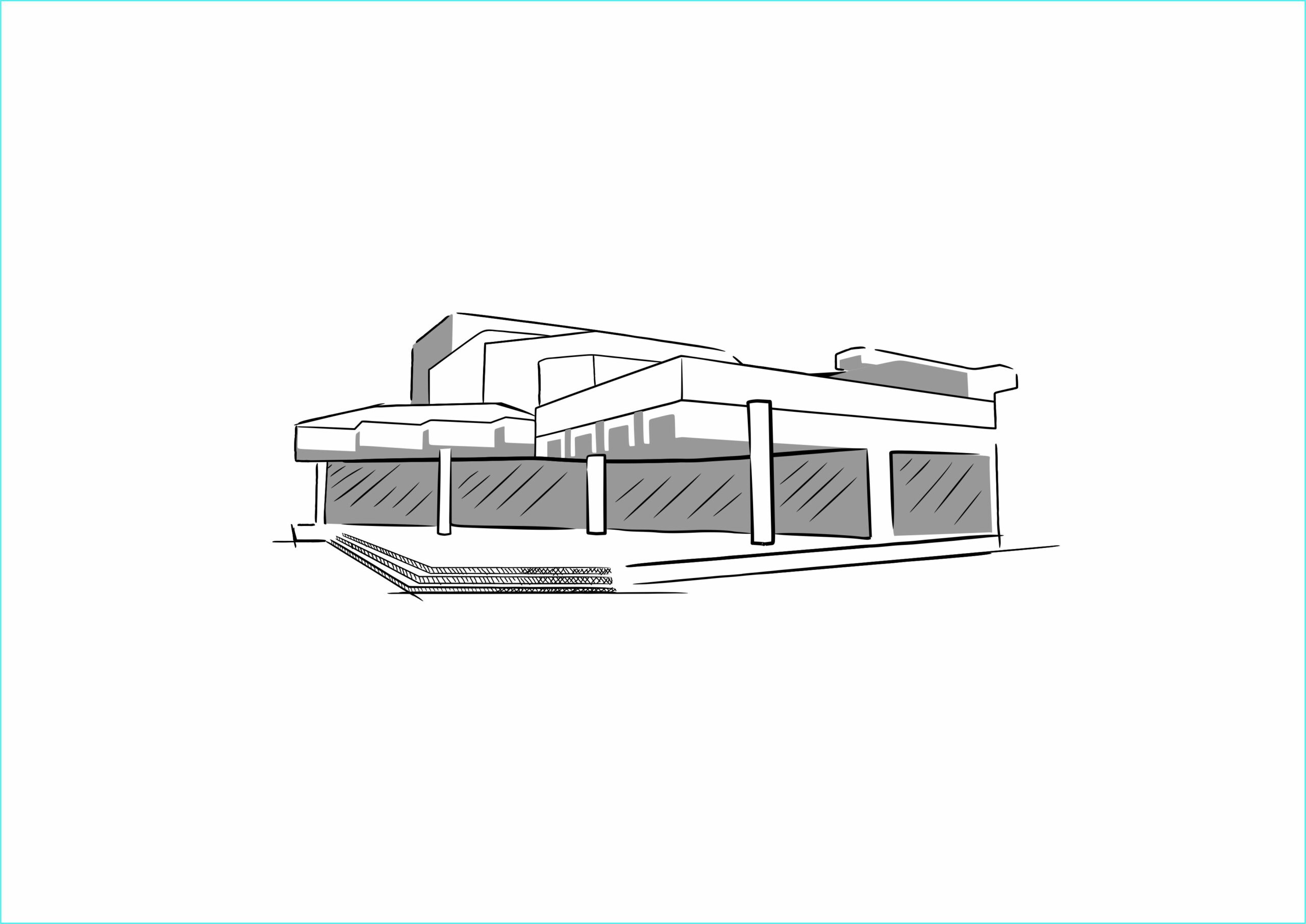
The institution bears the name of the Macedonian composer of classical music, conductor and film music author Trajko Prokopiev. Within the premises of the institution there is the children’s department of the library “Tane Georgievski”. The building was built between 1980-1981. While the concept was made by the architect Blagoja Kolev, the main project was implemented by Vlado Trendafilovski, Ljupcho Gogov and Bozidar Nochev. The institution was founded in 1981 with the name Cultural Center “Josip Broz Tito” – Kumanovo. In 1999 it was renamed into Cultural Center “Trajko Prokopiev” – Kumanovo. The center also houses the National Theatre.
- ‘Nagorichki Sokak’ Street
According to the information by Jovan Hadzi Vasiljevikj, towards the end of the 19th century the town of Kumanovo was divided into 12 neighborhoods inhabited by Christian and Muslim population, and the neighborhoods acquired their names according to the population and their origin. Today, Nagorichki Sokak has the name Ivo Lola Ribar Street. The street was the center of various town events, houses of famous families from Kumanovo were located there, as well as workshops, inns and taverns, among which the most famous hotel ‘Serbia’, that previously had the name ‘Solun’ (Thessaloniki) built during the Ottoman period, somewhere at the beginning of the 20th century. Ivo Lola Ribar Street, which is nowadays known among the people in Kumanovo as Nagorichki Sokak, used to have different names in the past. Thus, in an old photograph from 1917 it was named as the Street of the ‘Empress Eleonore’. Empress Eleonore was a Bulgarian empress from 1908 to 1917. Her full name was Eleonore Reuss of Köstritz, and was the second wife of Ferdinand I. She was born in 1860 in Prussia, the territory of today’s Poland. She died in 1917. Later, in the period between the two world wars, it was named “The Street of Queen Maria” after the wife of king Alexander I Karagjorgjevikj. In the post war period, the street acquired the present-day name “Ivo Lola Ribar”.
- Tumba and the Three Poles
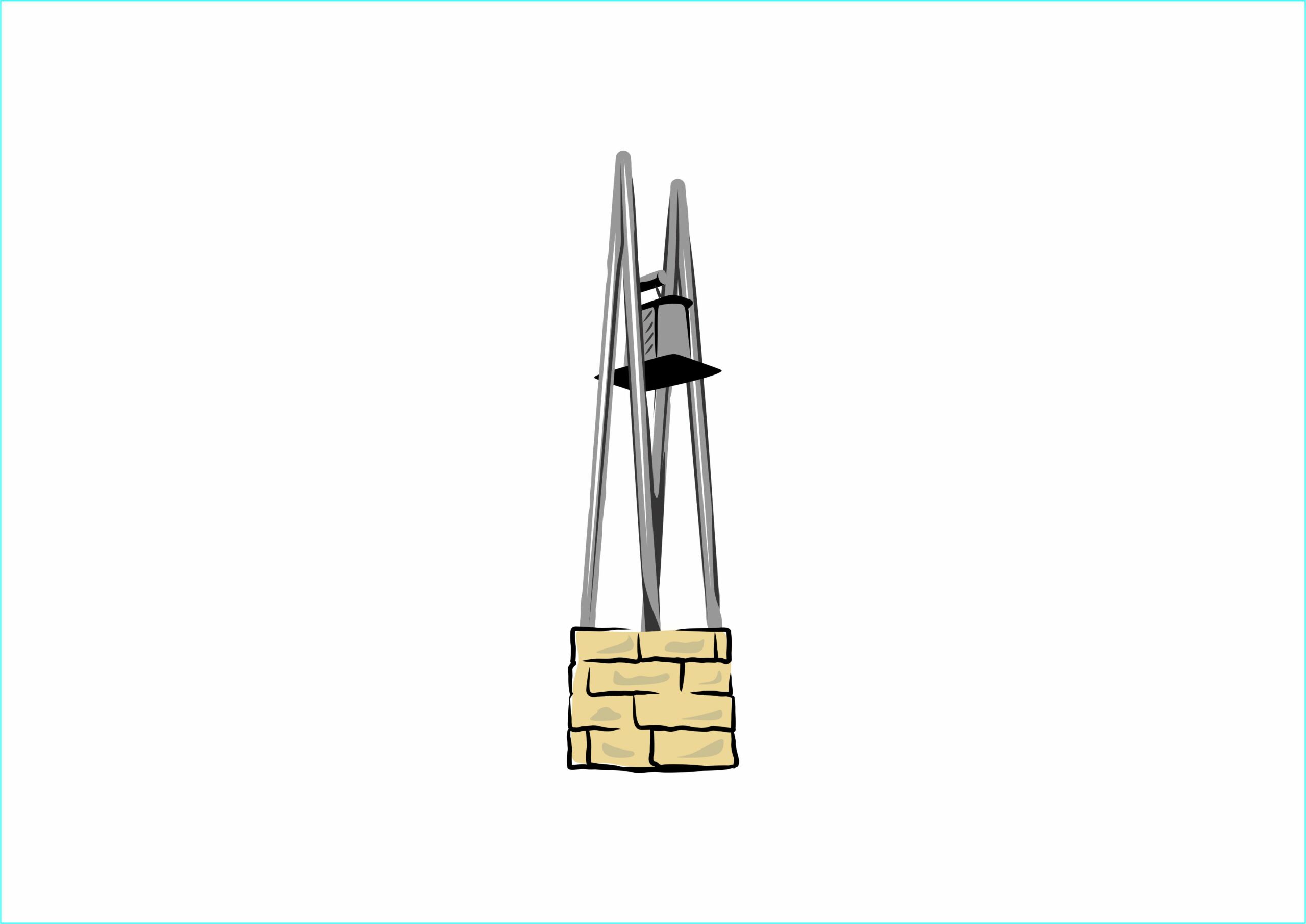
In the second half of the 20th century, four poles were erected on the square in the center of the town, when the town received its electricity and the main streets and the squares were lit, as well as some private family homes that were able to afford it. Until then the town streets had been lit with petroleum, i.e. with lanterns that hanged on wooden poles along the most prominent streets. On the ‘tumba’ or the wide space there were often circus tents, athletic races, different types of parades and sports manifestations were organized as entertainment for the local population.
- Monuments dedicated to the National Liberation Struggle
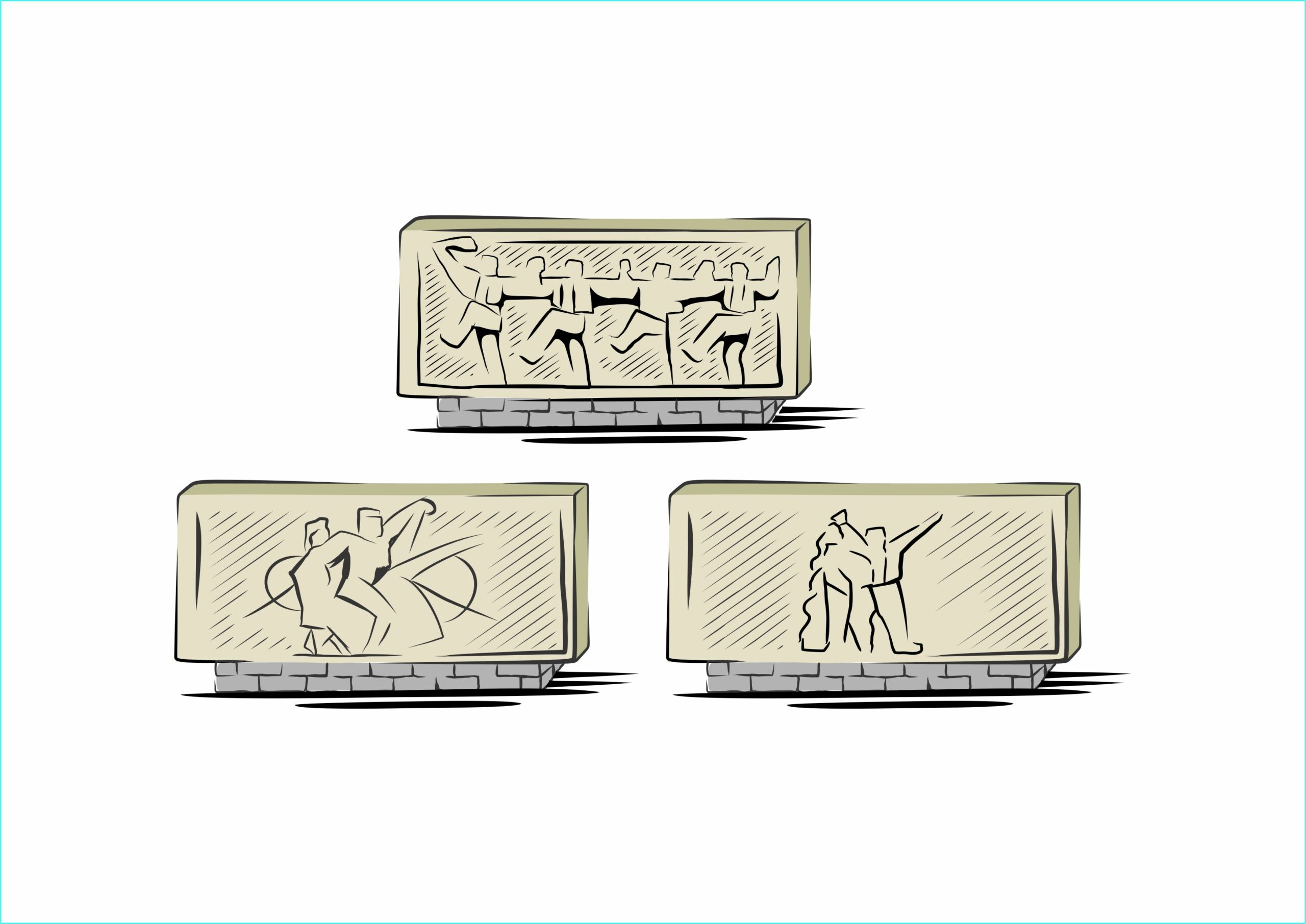
These is a complex of monuments on Marshal Tito Square. The sculpture is a part of the Monument of the Revolution in Kumanovo, which is situated in the center of the town. The monuments occupy a whole complex of surfaces on which there are three relief compositions, made of Istrian travertine with topics from three periods: the Ilinden period, the National Liberation War and the Socialist Development. On a separate pedestal there is a sculpture with a female human face (called ‘Makedonka’-Macedonian woman) in full height and supernatural size, made of basalt stone. The monuments date from 1962 and the designer is Kosta Angeli Radovani.
- Art Gallery – Kumanovo

The Art Gallery is situated in the complex of the old municipal building, which was built in the 1930s, as a project of architect Vladimir Antonov. It was opened on 16th June 1967 with the first art exhibition “Yugoslav and Foreign Artists” and in 2006 the gallery was renovated. The building consists of five exhibition halls, a depot and an office. Its purpose is to host temporary exhibitions, not only art, but also exhibitions from archaeology, history, ethnology and history of art. Inside the gallery there is the Department of Fine Arts which functions as part of the National Institution Museum of Kumanovo.
- Memorial Ossuary
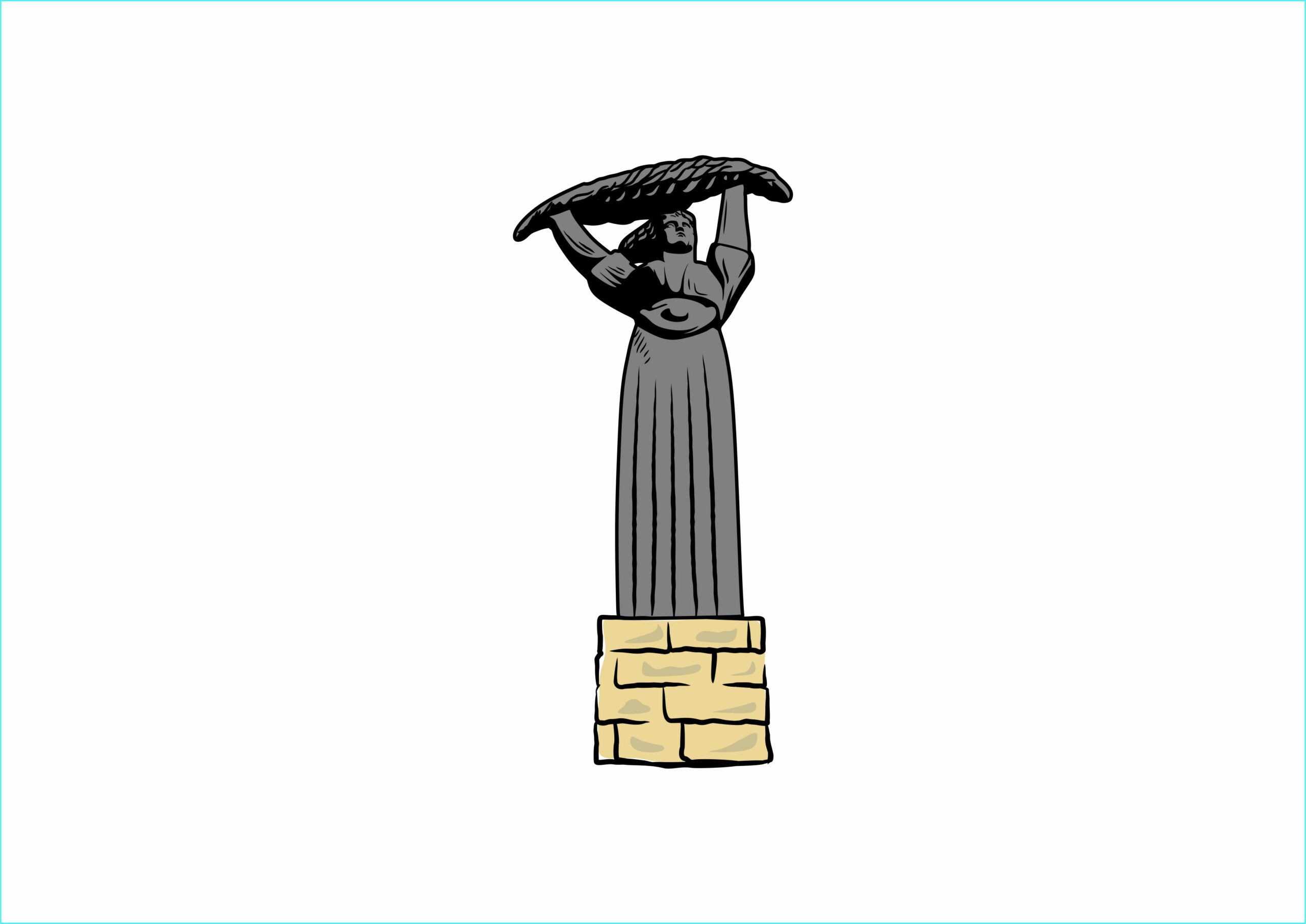
The Memorial Ossuary was built in 1957 in remembrance of October 11th, the day of the Macedonian People’s Uprising. It is the work of the architect Zordumis and the sculptor Sreten Stojanovikj. It consists of an obelisk and an ossuary where the remains of those who died in the National Liberation War from the town of Kumanovo and the Kumanovo region are put to rest.
- House-Museum of Hristijan Todorovski Karposh
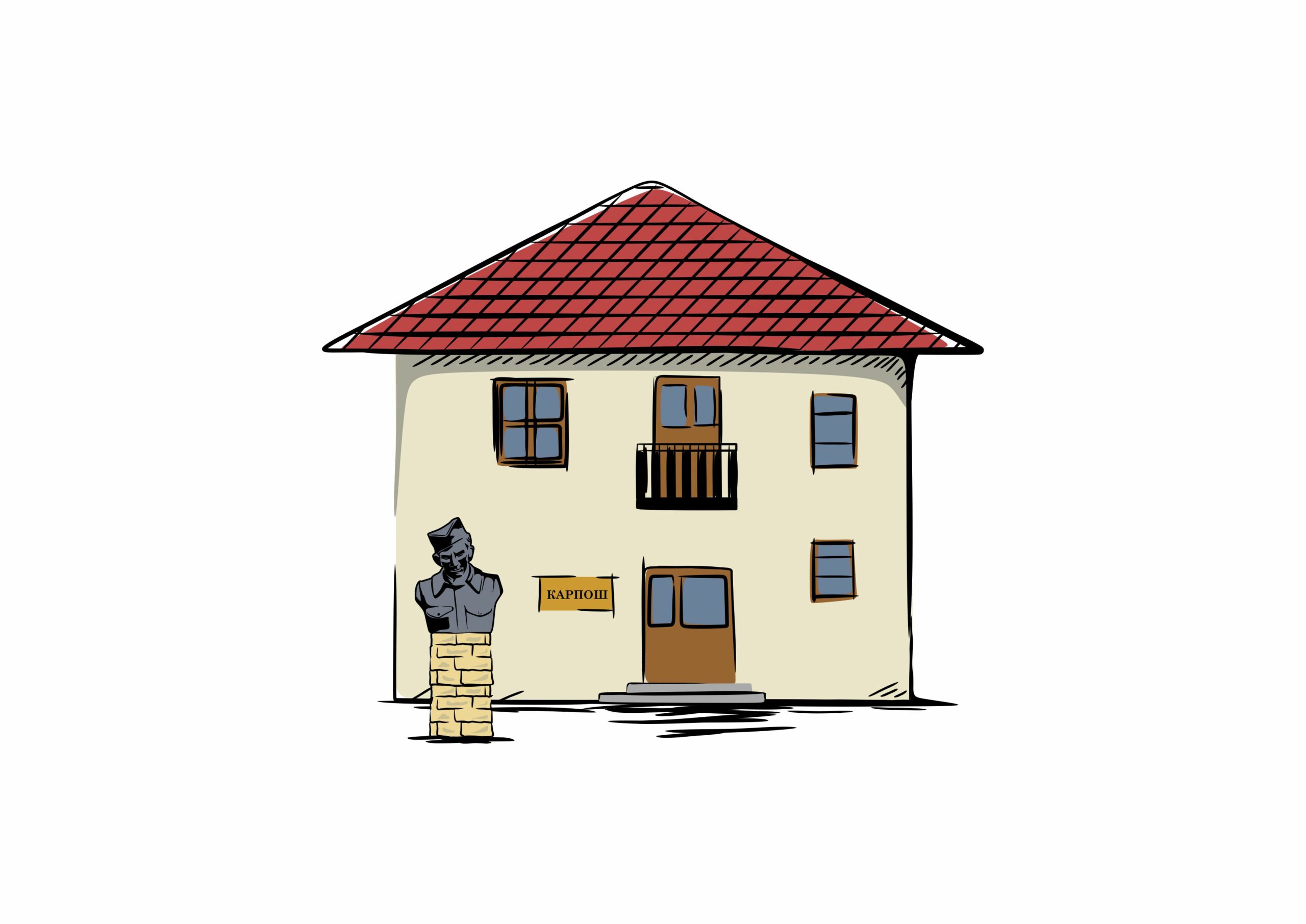
It is the memorial house of the commander of the Kumanovo battalion ‘Jordan Nikolov – Orce’, Hristijan Todorovski Karposh, killed by the Bulgarian occupier on the 7th February 1944 at the time of the attack on the Bulgarian army and police stronghold in the village of Biljacha – Preshevo region. Today it has the role of a museum dedicated to this national hero and as such it has been proclaimed as a Macedonian cultural heritage and is part of the Museum in Kumanovo.
- Anti-fascist Assembly for the National Liberation of Macedonia (ASNOM)
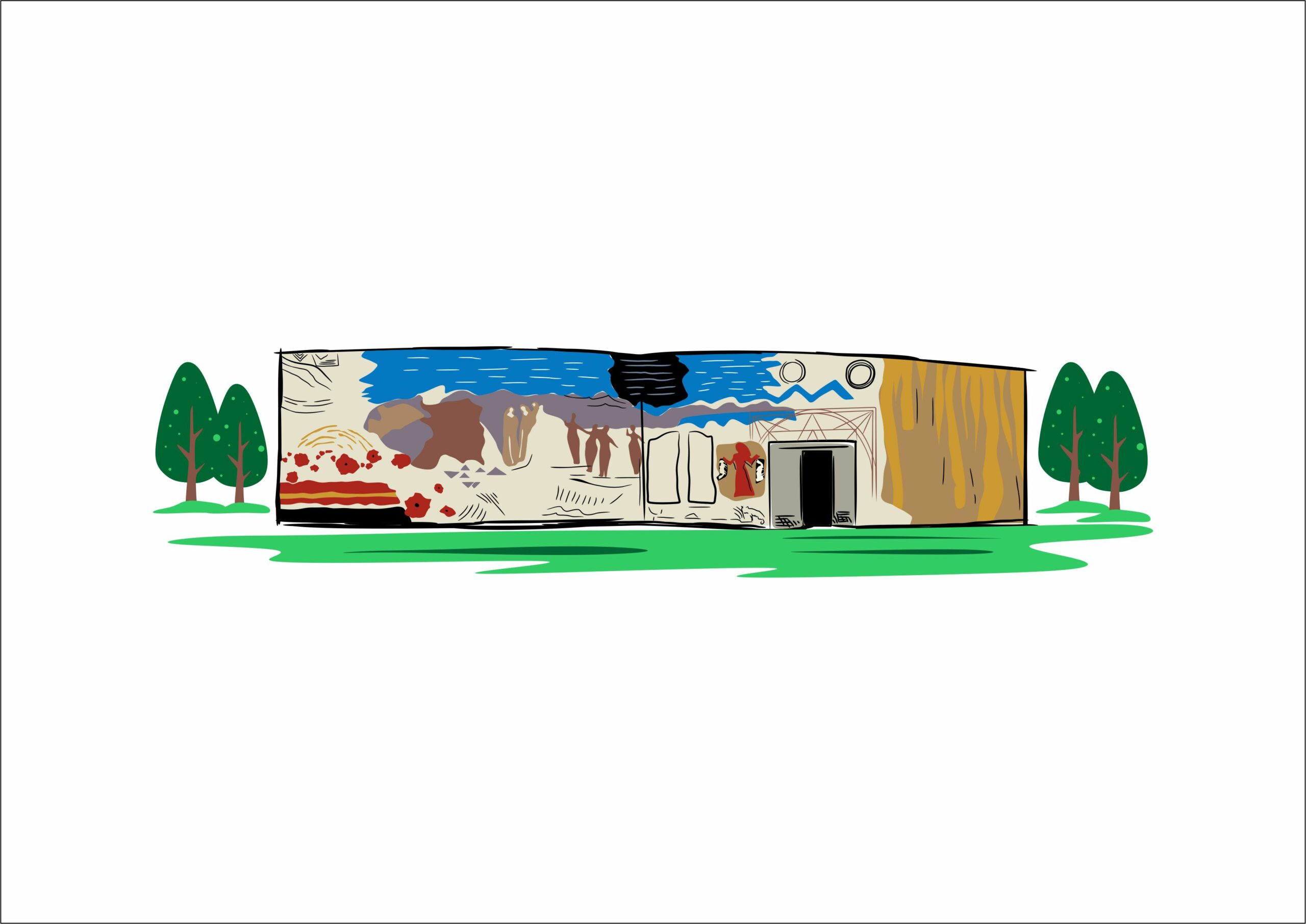
The new Memorial Museum was built according to the project of the graduated engineer-architect Gjorgji Konstantinov, while the monumental mosaic on its facade is the work of our modern artists Rubens Korubin and Ilija Penushliski. The exhibition itself is ambiental and authentic, just as it was at the time of the first session of the Anti-fascist Assembly for the National Liberation of Macedonia, on 2nd August 1944 in the monastery of the Venerable Prokhor of Pchinja. This assembly was attended by 116 delegates from the Vardar, Aegean and Pirin part of Macedonia. Apart from them, among the present ones were the chiefs of the English and the American Army Missions, accredited by the General Headquarters of the NOV and POM (National Liberation Army and Partisan Units of Macedonia). The first session of ASNOM marks the beginning of the existence of the present-day Republic of Macedonia as a free country in the federation with the Yugoslav nations, and from 1991 as an independent country. The Memorial Center in Pelince was opened on 2nd August 2004 on the occasion of the 60th Anniversary of its happening.
- Kokino

The megalithic observatory ‘Kokino’ is among the most important ancient observatories in the world. It is located in the area of the municipality of Staro Nagorichane, on the archaeological site ‘Tatikjev Kamen’ around 35 km far from Kumanovo, and the name was given according to the name of the nearest village of Kokino in its vicinity. In 2005 the American Space Agency NASA ranked Kokino in the fourth place in a list of 15 observatories of this kind. Here you can see the markers for the characteristic rising of the sun and the moon, made by the weather and the erosion of the rocks. These markers helped the prehistoric people to make a calendar for a cycle of 19 years, which is considered a supreme civilizational achievement.
- Kostoperska Karpa

Kostoperska Karpa or Zhegligovski Kamen is an imposing basalt rock of volcanic origin in the vicinity of Mlado Nagorichane Municipality, near Kumanovo. There was a settlement there since the Copper Age (4th-3rd millennia BC). In the past there were around 40 churches, of which only a few survived. Because of that fact, the area was called Small Athos. In the early antique period (!!!!!!!!!)(5th-4th century BC), a settlement was developed on the site’s southern slope, abandoned in the 3rd century BC, to become alive again in the Roman period. As a proof, there are Roman tombs discovered and from a little later period there is an Early-Christian Basilica at the top of the hill, probably from the 5th century AD. There is also a very interesting underground building in the southern foot identified as a cistern composed of two rooms and an entrance hall.
- Hotel Solun
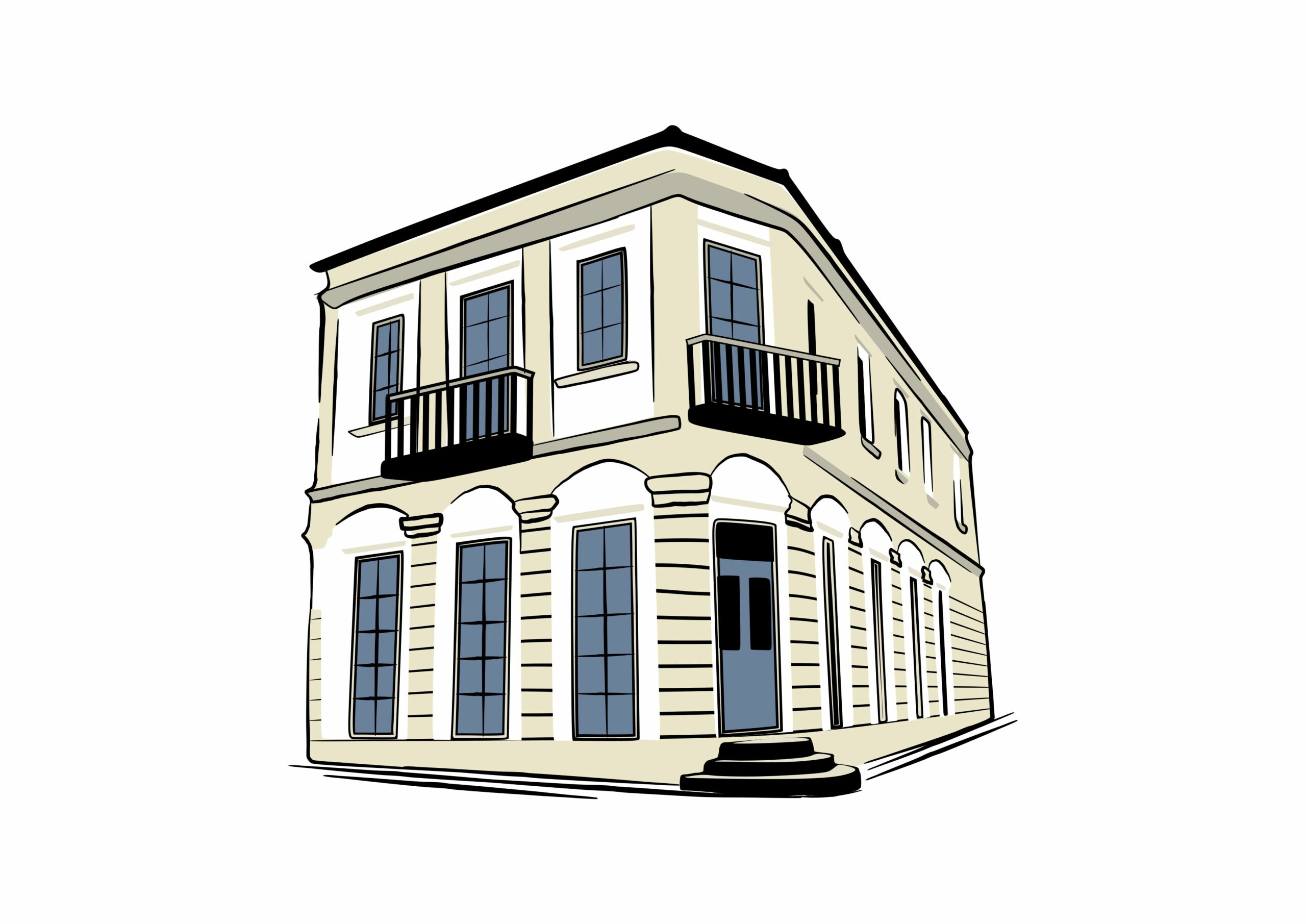
The former ‘Hotel Solun (Thessaloniki)’, one of the most representative buildings in Kumanovo, was built in the first decade of the 20th century and is a symbol of the old town architecture in Kumanovo, located in the famous ‘Nagorichki Sokak’ Street. The owner of a catering facility, with origins from Tetovo, Premche Pandulovikj and his brother are mentioned to be the people who built the hotel, together with two other wealthy people who had previously been to work in America. After the creation of the Kingdom of Yugoslavia in 1918 the hotel changed its name to ‘Hotel Serbia’. Part of this building, after the nationalization, was given to the Association of Army Veterans together with the Union of Reserve Military Elders. The first screening in Kumanovo was performed in Hotel Solun.
- The Spa in the Village of Strnovac

In the vicinity of the village of Strnovac, near the bed of the river, there is a thermo-mineral spring-well, with hot water that has temperature of 40°C. The water comes from a depth of 300 meters, it has high hardness and a considerable amount of iron, sulfur and hydro-carbonate. The water is collected in the well, from where it flows into two pools which are used as a spa. Because of the composition of the water, it is possible to cure rheumatic, skin and other diseases, it can be used for rehabilitation, bathing, preventive treatments etc.
- Kumanovo Spa

Even several centuries ago, the most famous mineral water in the region was the Kumanovo Spa, or as people in Kumanovo call it ‘Vrukja Voda’ (Hot Water). It is located 2 km southeast of Kumanovo, in the village of Proevce. The water springs from ‘Proevska Karpa’ (A Rock in Proevce), near the road that connects Kumanovo and the village of Shupli Kamen, under the railway Kumanovo-Beljakovce. The water is known to cure the nerves, skin, abdomen and gynecological diseases and it has a great medicinal value.
- Tatar Sinan Bey Mosque
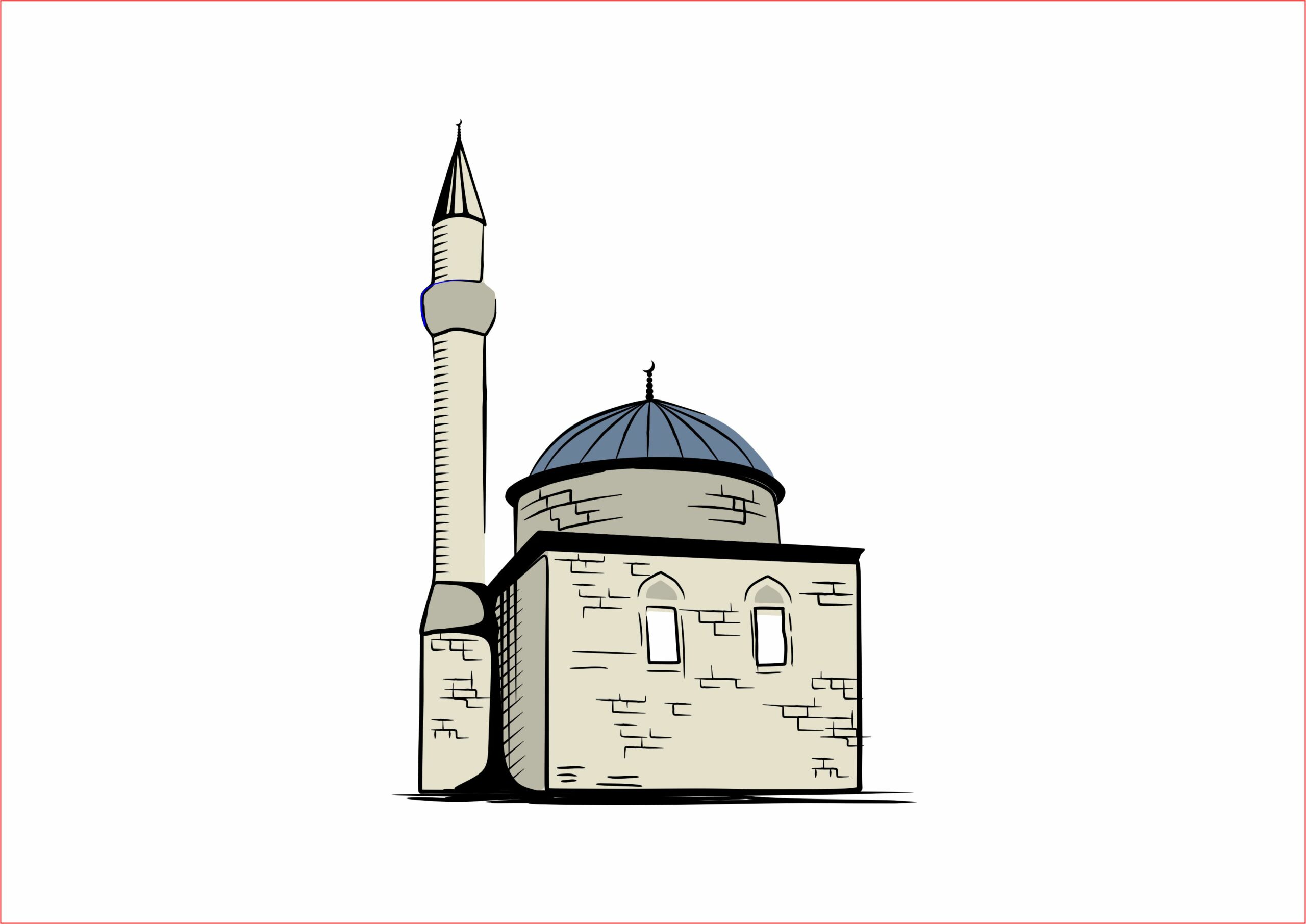
The mosque is one of the oldest Islamic historical monuments in Kumanovo, built in 1532 by Tatar Sinan Bey. It is a single-domed building with a porch on the north side, which is a basic architectual feature of the early Ottoman mosques and one of the most numerous types of mosques from the 16th century in the Balkans. The entire mosque (excluding its later additions) is built of well-processed stone blocks made of yellow-brown stone from the region of Zhegligovo, in a manner that is rarely used in the construction of this type of buildings in Macedonia.
- Kodja Mehmed Bey Mosque
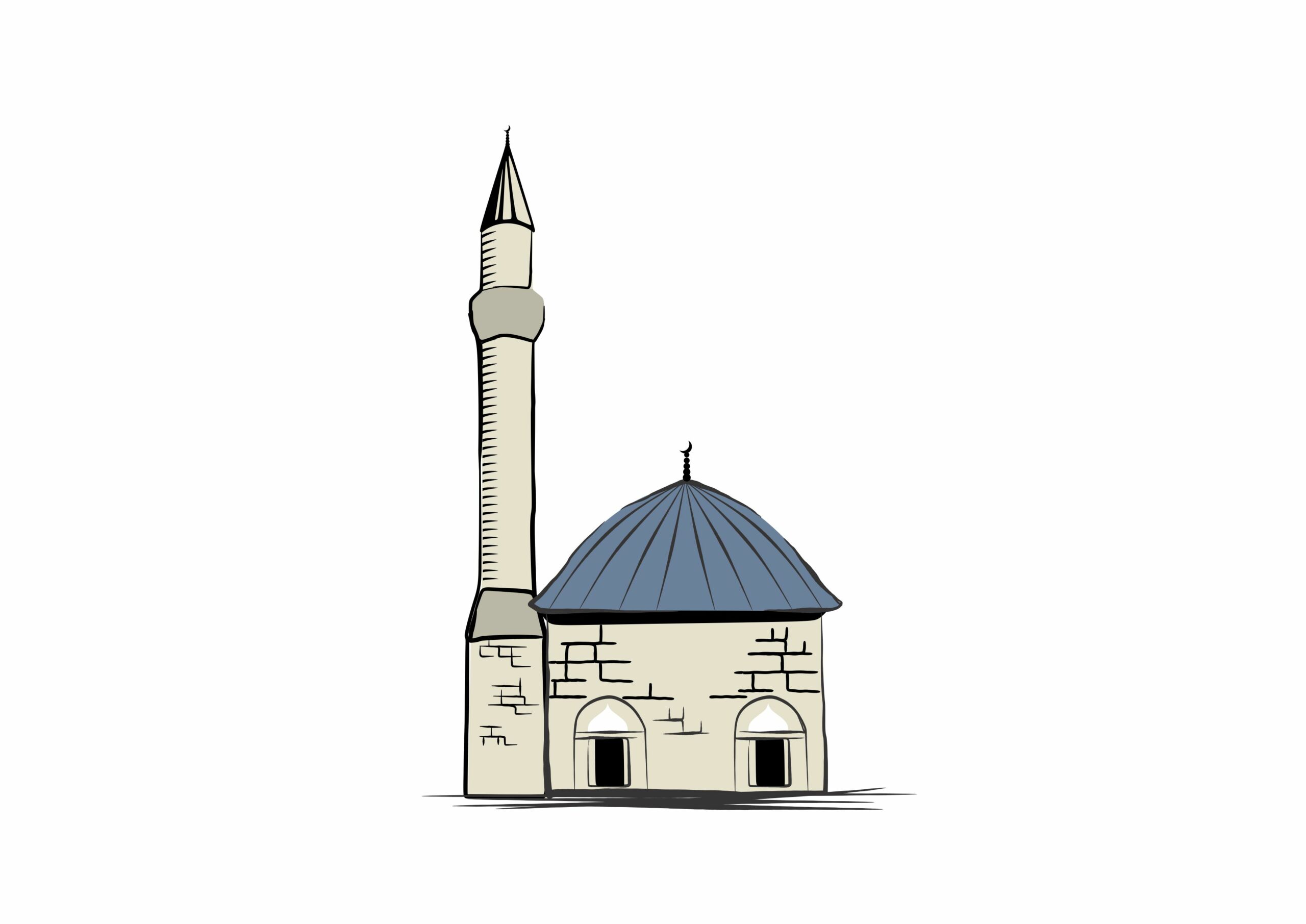
The mosque is in the immediate vicinity of the village of Tabanovce. According to the Islamic Religious Community, this building dates back to 1380 and was completed in 1596, while according to the stylistic features and the method of construction, this building was built in the so-called classical period of Ottoman construction from the end of the 16th and the beginning of the 17th century. The founder of the mosque could also be the son of Hodja, Mehmed Bey, which is what the name of the mosque refers to, and it would move the year of construction to the very beginning of the 17th century. This mosque is a single-domed building with a square base and a porch on the north-west side. The mosque was declared a significant cultural heritage of Macedonia in 2008.
- House from Lika

The house from Lika, located near the regional road in the village of Umin dol, Kumanovo, represents a building that speaks of a time epoch and a way of life more than 100 years ago. It has been preserved and as such was transported in parts by train from the region of Lika (Republic of Croatia) to the village of Umin dol, Kumanovo. The house is an archaic traditional building, typical for the Lika region, where people were mostly engaged in animal husbandry and agriculture, so the houses, including the house in Umin dol, have a more practical character, with less decorations and ornaments, but still beautiful and specific.
- The Church of St. Nicholas – Kumanovo

The Church of St. Nicholas in Kumanovo, the Cathedral Church (known to Kumanovo residents as the ‘Old Church’) was built in 1851 in the former Varosh neighborhood. The main master builder was Andrea Damjanov (1813 – 1878) from the village of Paparidishte, near the town of Veles. The church is a monumental three-nave basilica with a rectangular base and three high apses in the east. On all three sides of the church there are open porches with colonnades of arcades, and above them, in the church’s interior, is the Icon Gallery with about 80 exhibits. The icons mainly belong to the 19th century and were collected from several villages of the Kumanovo region. Apart from icons, the exhibition also presents silver frames from Gospels, a tabernacle, an altar cross, a silver episcopal miter, as well as church furniture from the Karpinо Monastery.
- The Church of the Holy Trinity – Kumanovo
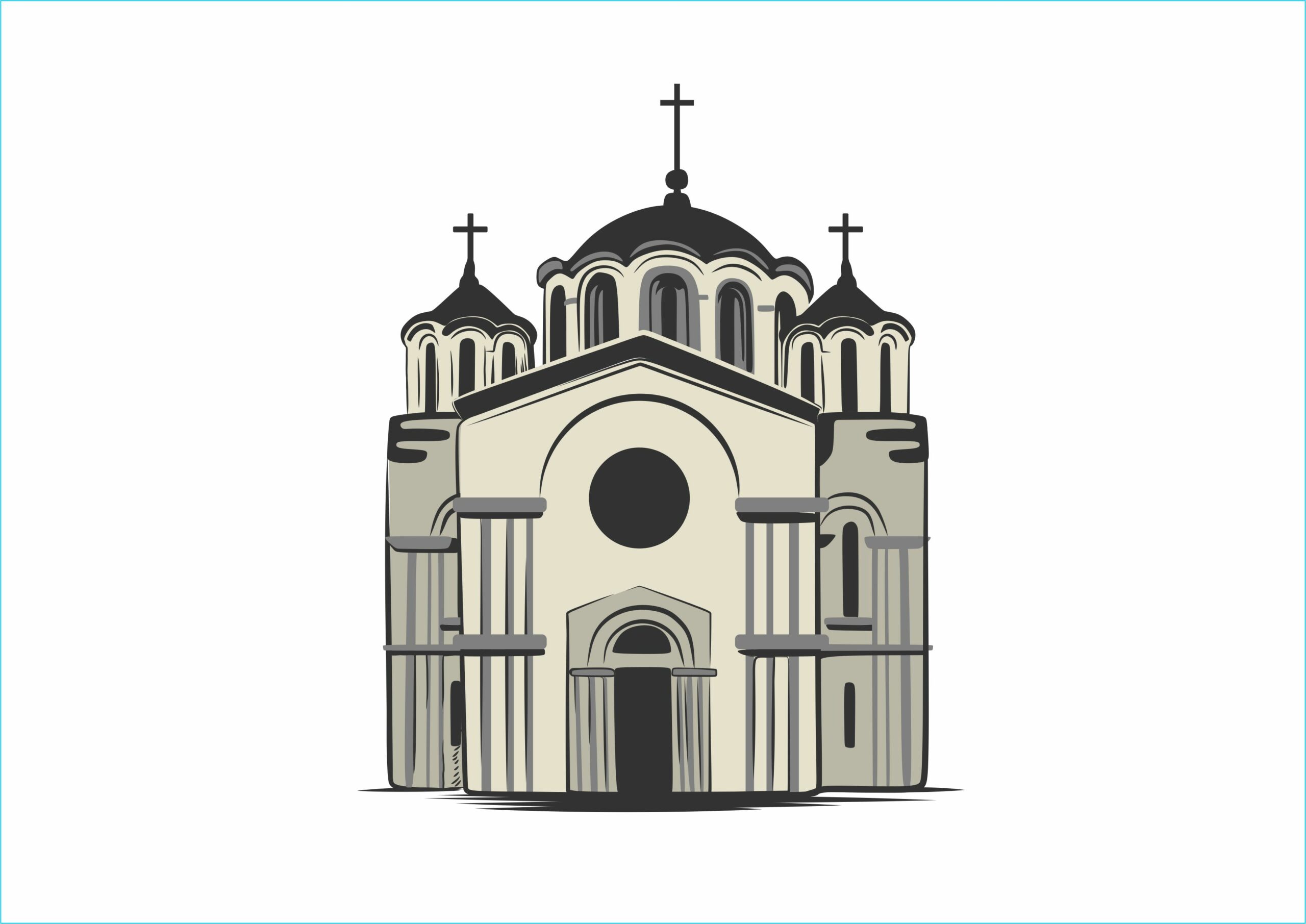
The Church of the Holy Trinity in Kumanovo (known as the ‘New Church’) is one of the two town churches in Kumanovo and was built in 1903. The construction was helped by the Serbian ruling couple Aleksandar and Draga Obrenovikj, while Draga Obrenovikj also donated a wooden iconostasis made in Constantinople from 1901. It was built according to the plan of the Russian architect Vladimir Antonov and was built by Mihajlo Gjorgjevikj from Debar. The church was built in the Byzantine style, with an inscribed cross at the base and five domes. The frescoes are from 1904 made by the painter Krsto Avramov Dichikj from the village of Tresonche, the grandson of the famous Dicho Zograf.
- The Church of St. George – Staro Nagorichane
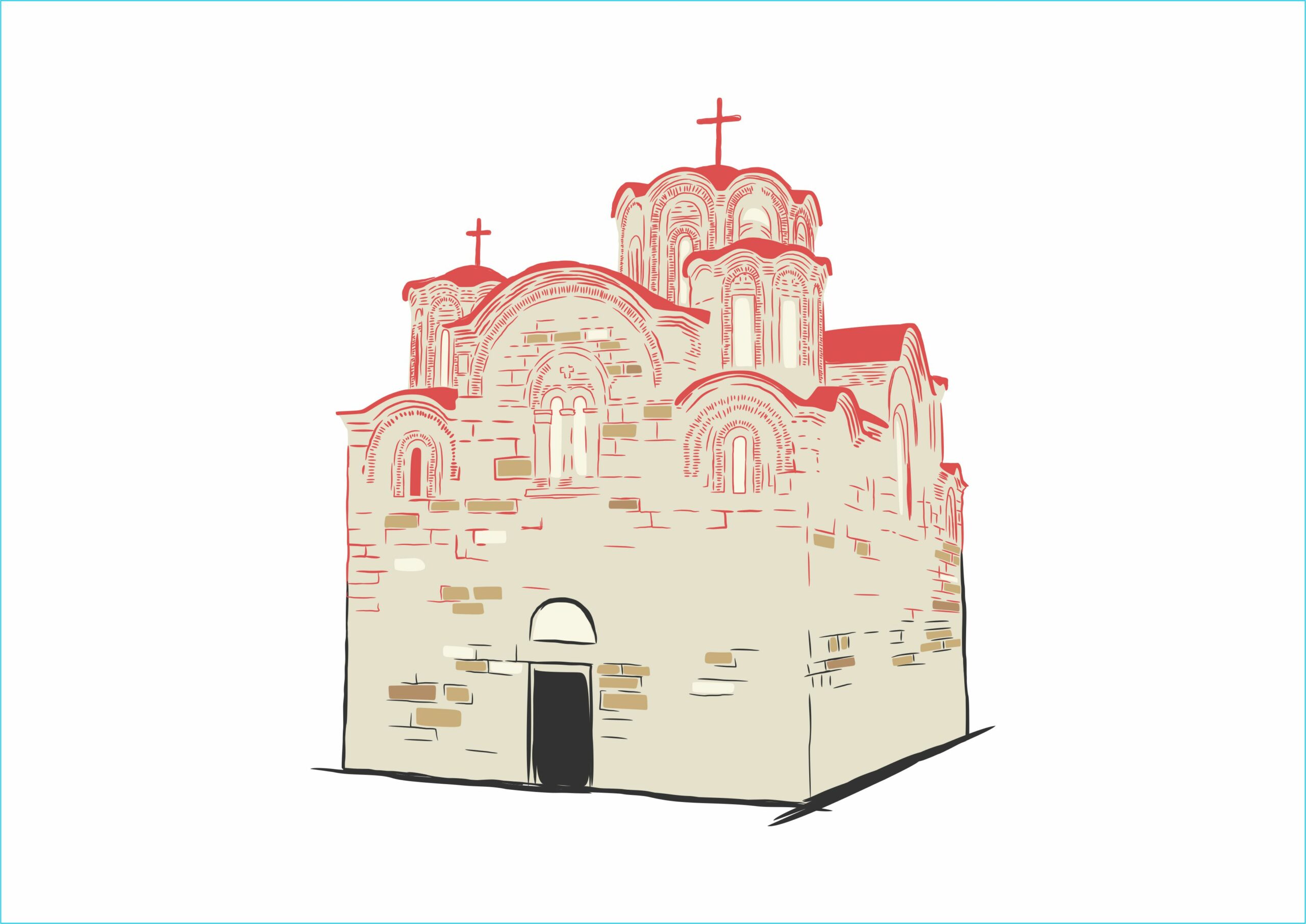
The Church of St. George in the village of Staro Nagorichane was restored and built as an addition to an older church from the 11th century, at the time of King Stefan II Milutin (1282-1321) in 1313 which can be seen from the stone inscription above the western entrance. According to its architecture, the church is a monumental three-sided five-domed basilica. The fresco painting originates from 1318 when the abbot of the monastery was Benjamin, and it was made by the most famous medieval painters Michael Astrapa and Eutychius who also left their signatures on the frescoes. The fresco painting in the church of St. George in the village of St. Nagorichane is enlisted among the largest fresco ensembles created in the Macedonian area and represents the creative peak in the painting career of Michael and Eutychius.
- Matejche Monastery

The Church dedicated to the “Assumption of the Virgin”, better known as Matejche Monastery, was built in 1348/52. The construction was started by Emperor Dushan, and after his death, the church was finished and painted by Empress Jelena and her son Urosh. According to its architecture, the church is a monumental five-domed building, built of stone blocks with alternating rows of bricks. The fresco painting is from 1350. It should be noted that in the 15th century the monastery “St. Mary the Godmother” in Matejche was one of the most important Macedonian literary centers in the northern part of Macedonia, and by some authors it is also called Zhegligovo center. Monk Gerasim, Isaiah Domestic and Vladimir Grammatic lived and created in this monastery.
- Karpino Monastery – the village of Suv Orah
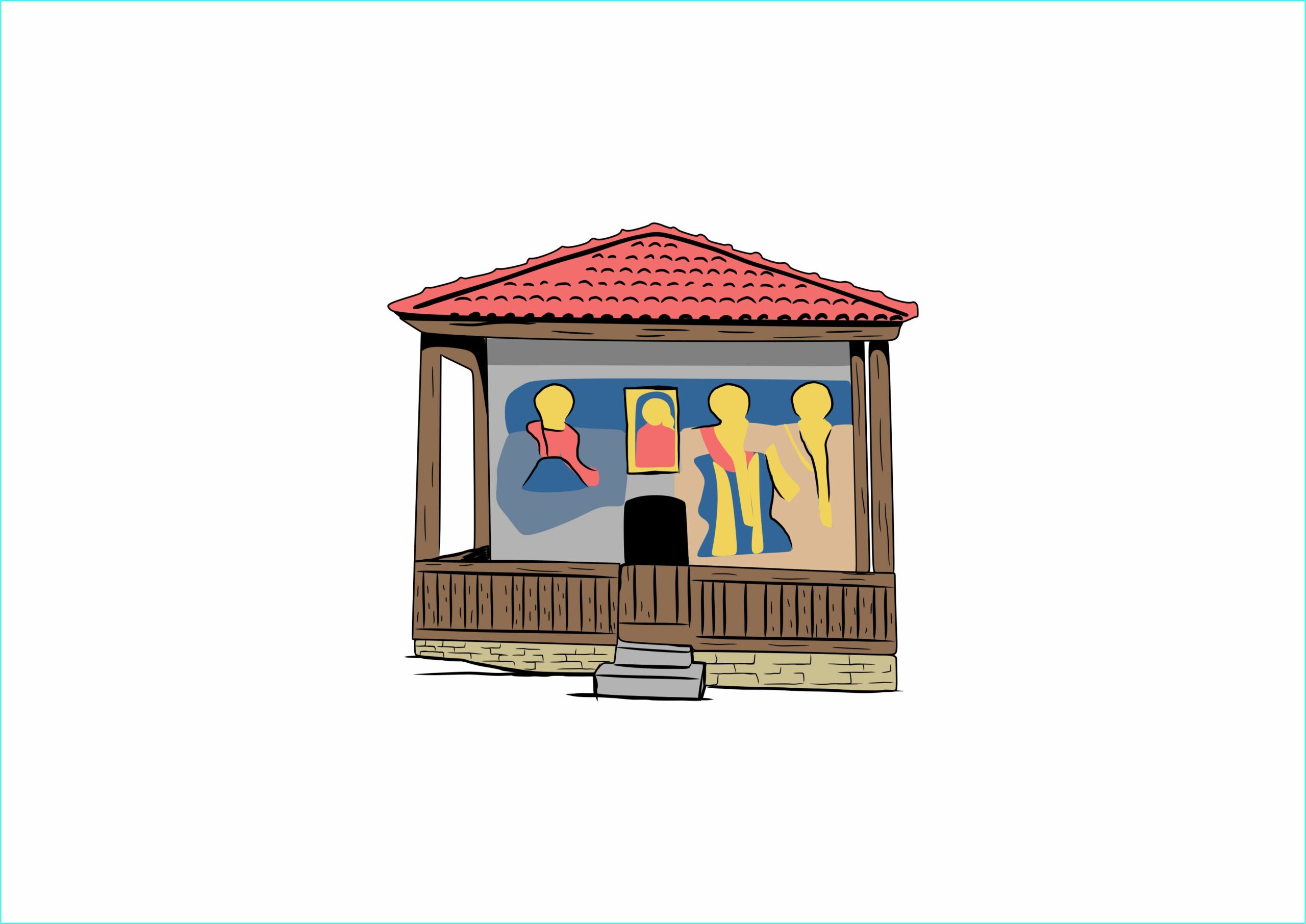
The Church dedicated to the ‘Introduction of the Virgin’ in the village of Suv Orah, better known as the Karpino Monastery, dates from 1592. The church was also painted the same year, while the second layer of painting is from 1893. Parts of the original wooden iconostasis, the royal doors, the large cross, an analogion, two antidoron bowls, the bishop’s throne and seven festive icons have been preserved as the oldest exhibits from 1606 and are exhibited in the Gallery of Icons in the Church of St. Nicholas in Kumanovo. The Karpino Monastery was an important cultural and literary center with a rich library whose manuscripts were later taken to other important centers: Belgrade, Sofia, Moscow, etc.
- St. George the Victorious – the village of Mlado Nagorichane
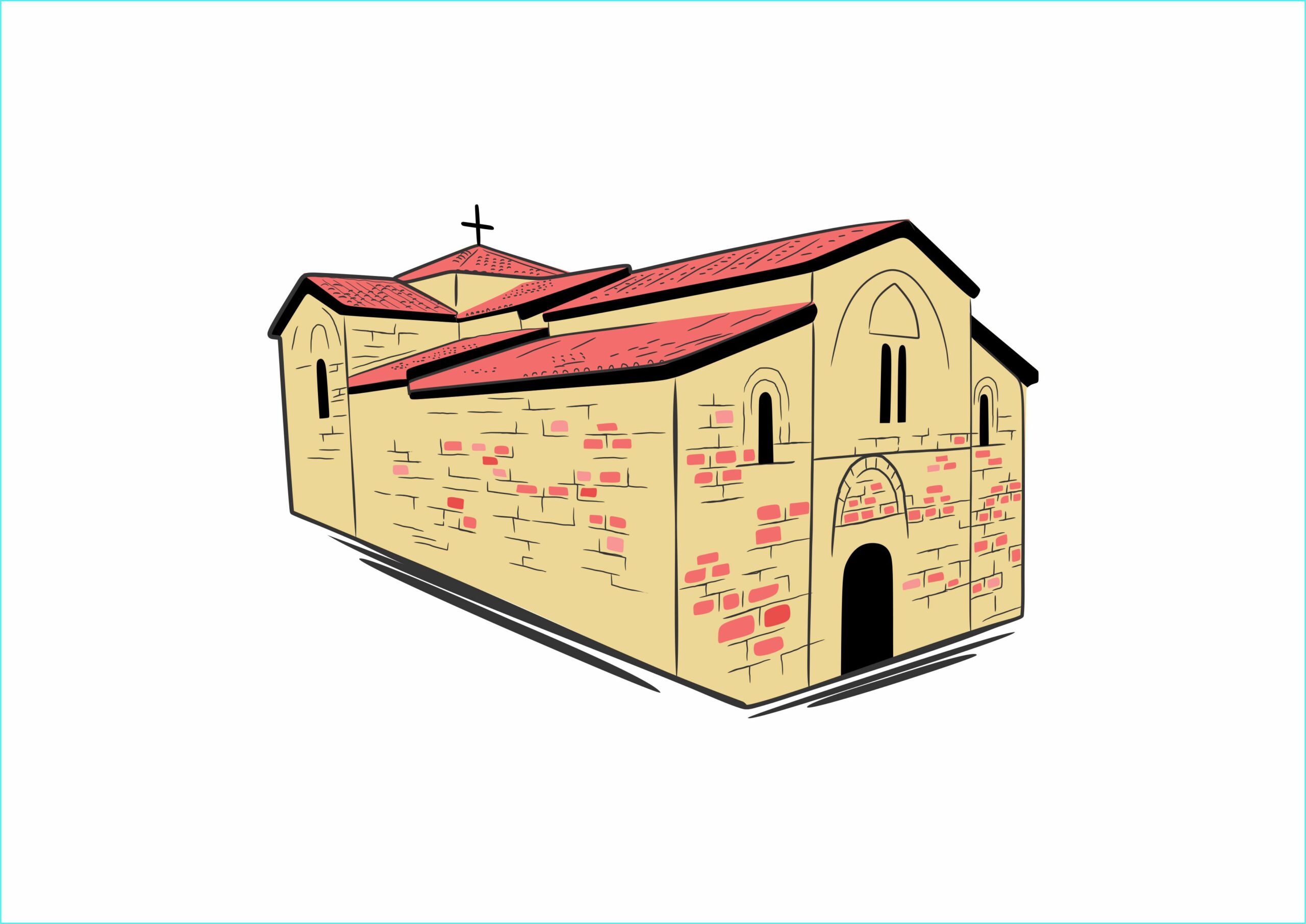
It is not known exactly when the church of St. George in the village of Mlado Nagorichane was built. There are different opinions related to the 15th, 16th or 17th century. It is a three-nave basilica with an inscribed cross at the base. Elements of the Armenian and Turkish influence are visible in the architecture. The fresco painting and architecture follow the program of the Church of St. George in Staro Nagorichane. On the vault there is a more recent painting from the 19th century. The iconostasis, representative and quite high, is from 1892.
- Hermit’s cave of St. Prokhor of Pchinja

The hermitage in the village of Staro Nagorichane is located in close proximity to the church of St. George in the center of the village. The construction of the original church of St. George from the 11th century is related to the legend of the hermit Prokhor of Pchinja who lived in this cave and prophesied to the Byzantine general Roman IV Diogenes that he would become emperor. When this became true, Roman IV Diogenes built a church in that place as a sign of gratitude.
- Zebrnjak – Memorial Ossuary near the village of Mlado Nagoricane
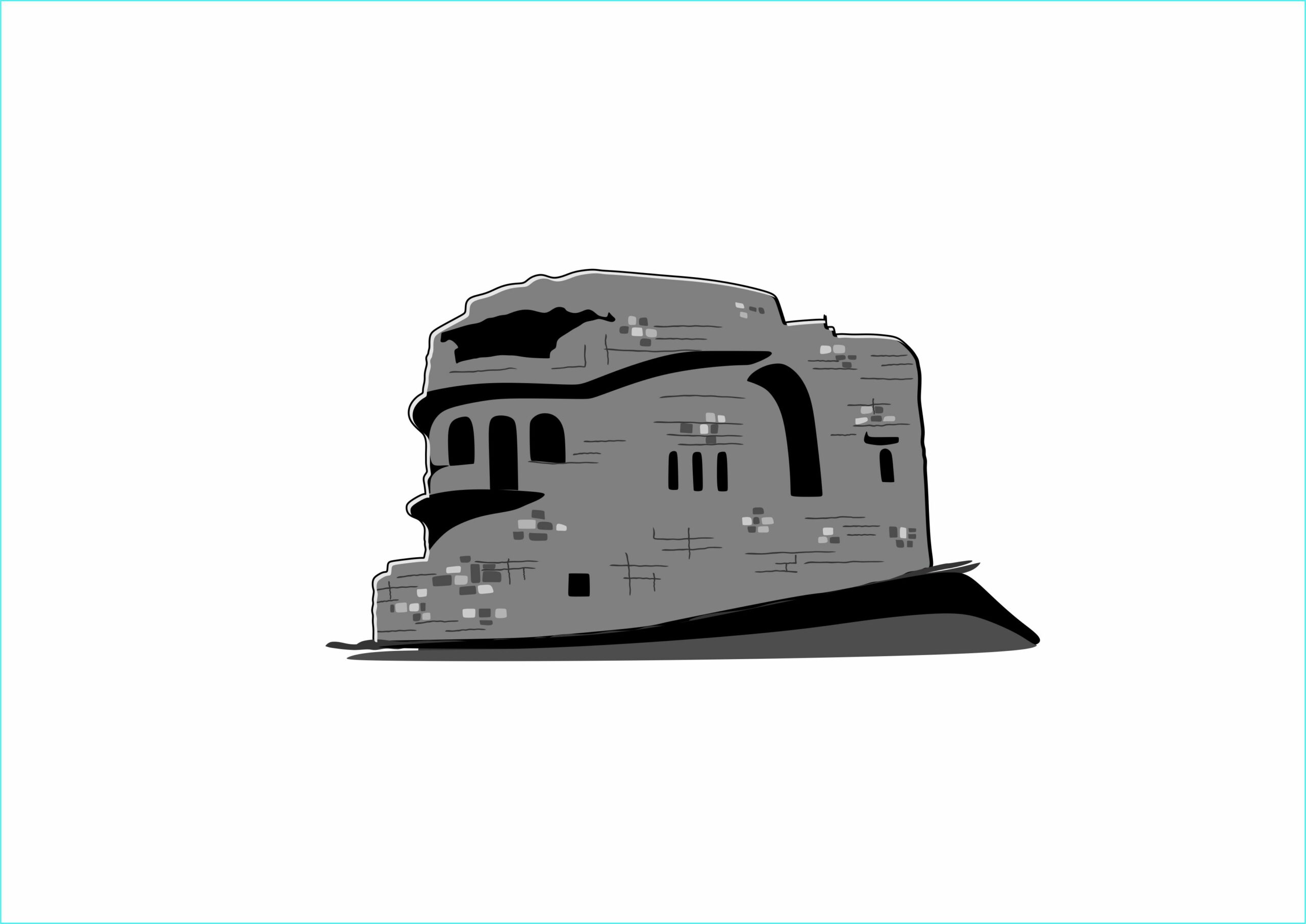
The Zebrnjak monument was built in honor of the victims of the First Balkan War, who died at this place in the famous Kumanovo battle in 1912. It was built in 1937 of gray basalt stone. Above the circular structure, which is 18.5 m high, a three-sided pyramidal tower, 30 m high, was erected, which is missing today (it was destroyed in 1942). The architectural plan is by the Belgrade architect Momir P. Korunovikj (1883 – 1969), and the construction works were carried out by Mihajlo Arangjelovikj, an entrepreneur from Crna Trava.
- Archaeological site Vizianus, the village of Klechovce

This archaeological site is located in the village of Klechovce, 20 km east of the town of Kumanovo. Several Roman buildings and graves have been discovered, as well as part of a Roman building which is considered to be a part of an early Christian Basilica. Later research revealed an early Christian Basilica, 35 meters long and 13 meters wide, making it one of the largest churches in Macedonia in general. Opposite the church there are Roman graves, and right next to them is a Roman city that has yet to be excavated and explored. From all the findings, the ceramics that came to the surface during the excavations, as well as the structure of the building itself, are particularly specific. The archaeological site of Vizianus has all the prerequisites to become a tourist destination.
- Gradishte, Mlado Nagorichane

At the multi-layered archaeological site, on an area of 400 square meters, a large number of pillars and elements of stone plastic were discovered. According to archaeologists, they probably belonged to a luxurious building, a residence or a palace – similar to the ancient Macedonian centers in Pella, Vergina and Olynthus, dating from the 3rd – 4th century BC, which was found in previous excavations. Due to the rich findings, archaeologists assume that it was the palace of a local ruler. According to some researchers, it is possible that part of the Agrianes tribe was located here, who were known as the most loyal and the most combative warriors in the Macedonian army under the leadership of Alexander III of Macedonia.
- Archaeological site Gradishte, Pelince

The archaeological site Gradishte in the village of Pelince represents a settlement from the Bronze Age, Iron Age and Early Antiquity period. It is about 18 km from the town. With the pit excavations carried out in 1989/90 by the NI Museum of Kumanovo, traces of a multi-layered settlement were found. The oldest layer, or the oldest settlement, according to the characteristics of the ceramics, is from the Early Bronze Age, and the second one, together with the embankment, is from the Iron Age, starting from the earliest stages until the 6th century BC. The last layer, to which a modest fund of ceramic findings belongs, is from the 5th – 4th century BC, when the life of this settlement practically ended. According to the researchers, and based on the findings and their layout, it is considered that a building without solid architectural construction was discovered, which functioned as a sanctuary, inside which groups of ceramic vessels were left after some rites were performed. In the central part of the building there is a pyre made of stone and mud placed on a rock base, covered with remains of burning, slag, small animal bones and fragments of vessels. Among the preserved vessels there are several shapes (jugs, cups, goblets, plates etc.), with a good texture, on which engraved ornaments and traces of white inlay can be observed, which contain the basic characteristics of ceramics from the Early Bronze Age. Several ceramic tools, weights, a stone ax and a female statuette made of flintstone were found. The findings are on permanent display as well as in the archeological depot of the National Institution Museum of Kumanovo.
- Zabel Monastery
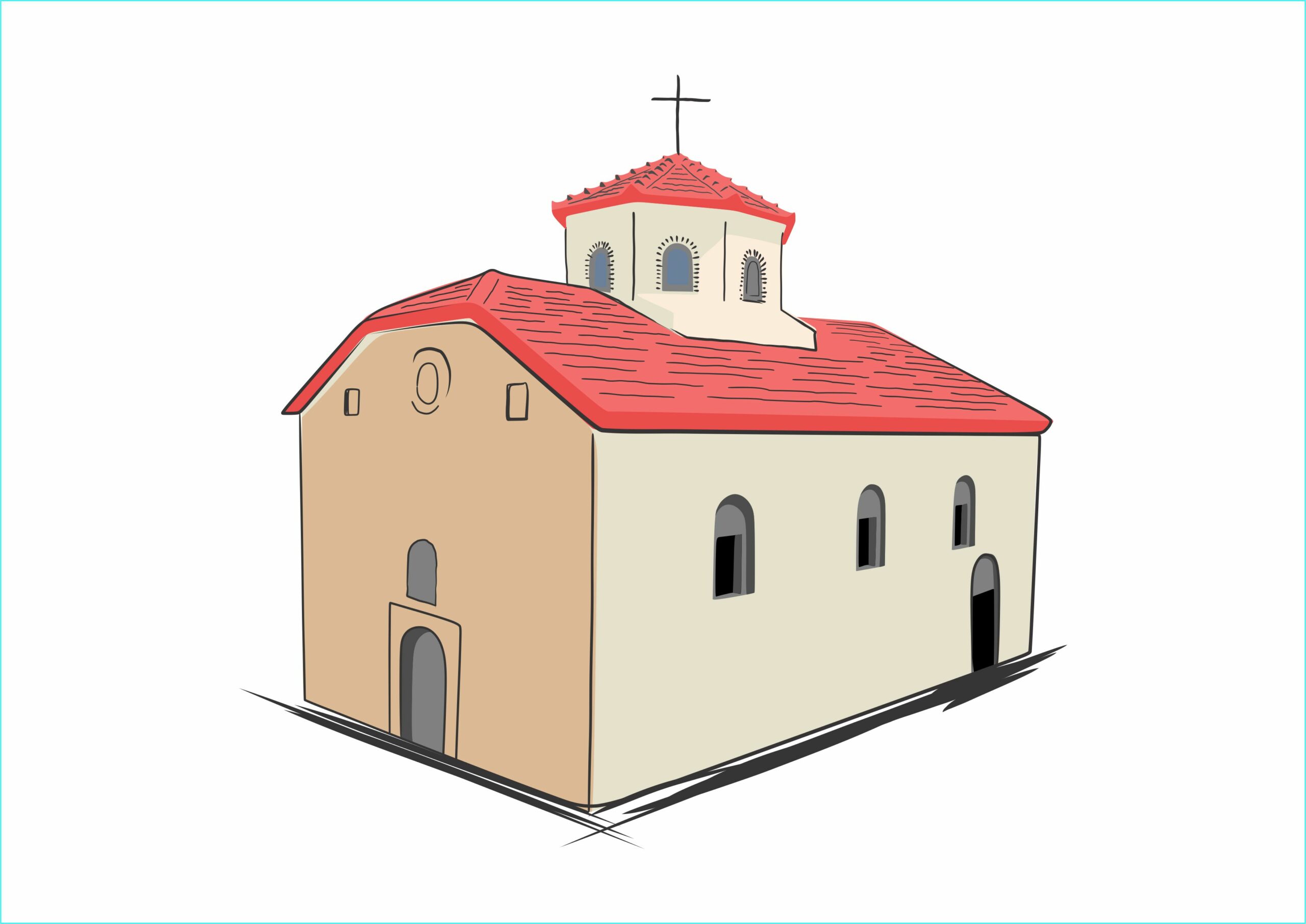
This medieval monastery is in the northern part of Macedonia. The place on which the monastery was built has the shape of a nest and is perched on a wooded ridge that is located at the border between the villages of Nikuljane, Staro Nagorichane and Chelopek, about 15 km from the town of Kumanovo. In the past, the monastery also had a significant economic function, and its lodgings were overnight stays for many travelers. Until the middle of the 20th century, there was an active monastic life inside it.
The monastery includes a church, a dormitory, a kitchen with a stone oven and a cellar in ruins, a fountain, remains of the old dormitory and a newly built utility room. The monastery church was built in 1330 and was demolished during the time of the Ottomans. The new monastery church dedicated to the Assumption of the Blessed Virgin Mary was built in 1856, as can be seen from the inscription on the eight-sided Tholobate, on the foundations of the old church built in 1330. Inside the church, there is a wooden iconostasis, which is characteristic of the 19th century and made in the spirit of the Mijak woodcarving.
- Memorial “Menkova Koliba”
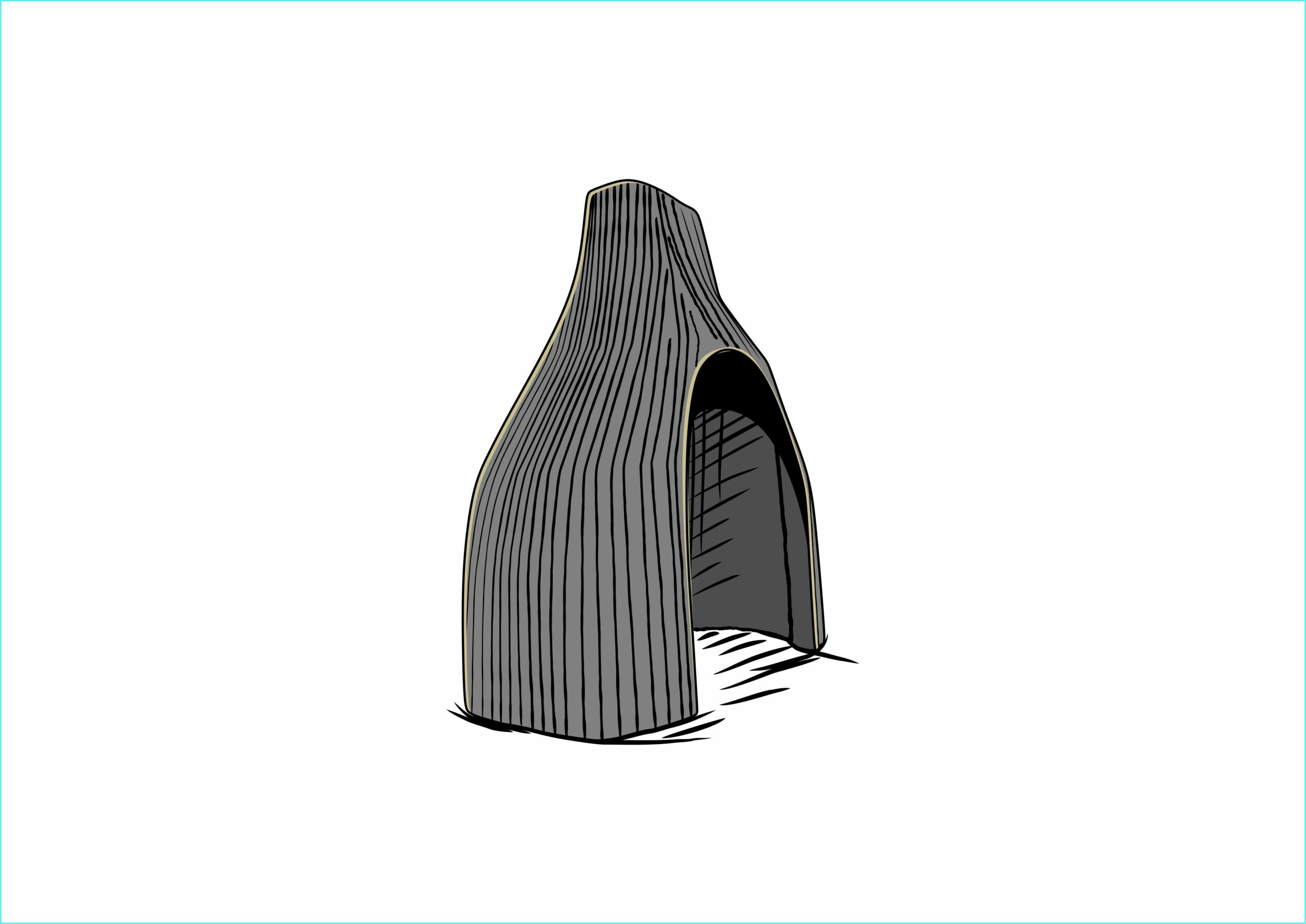
This memorial was erected at the place where the Karadak Partisan Detachment was formed on 12th October 1941, which was destroyed two days later by the Bulgarian occupier. After the decision to start an armed uprising was made by the Provincial Committee of the Communist Party of Yugoslavia for Macedonia, on the night of 12th October 1941, the fighters from this detachment gathered at the meeting place called “Menkova Koliba”, four kilometers south of Kumanovo. The detachment was made of 15 fighters, 12 of which were Macedonians, two Albanians and one Croat. Almost all of them were members of the Communist Party of Yugoslavia and the League of Socialist Youth of Yugoslavia. Boro Menkov was appointed commander of the detachment, and Pero Georgievski – Chicho was appointed a political commissar. The monument was probably discovered in 1981.
- Archaeological site Gradishte – Bislim Gorge, the village of Pchinja

A church which was discovered at the site Gradishte – Bislim, in the village of Pcinja near Kumanovo, according to the initial indications, was built in the 5th century and existed in the early Middle Ages. This confirmed the assumptions that there was a church building, but also that the fortress in Bislim was not only a temporary military fortification, but a larger settlement that existed for a longer period. It is interesting that stages of construction and additions to the church have also been discovered. According to the position of the fragmentarily preserved fresco decoration, two phases of construction (addition) to the church are visible, in which the floor level rose to almost 2 meters in height. This speaks of an intensive building activity, but also of a longer period of use of the church. In fact, there is a larger settlement inside and outside the fortress, which existed for a longer period of time.




